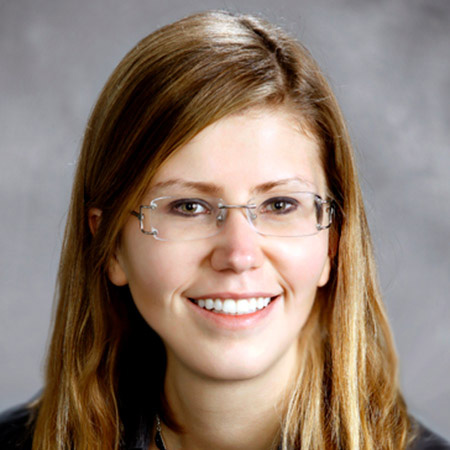Recent observations show that both the Greenland and Antarctic ice sheets are losing mass at increasingly rapid rates. In recent years, there has been a push to develop “next-generation” land-ice models and codes for integration into global Earth System Models.
This talk will give an overview of one such next-generation land-ice dynamical code (dycore) known as Albany Land-Ice (ALI), currently under development at Sandia National Laboratories.

Unlike many of its predecessors, ALI is able to perform realistic, high-resolution, continental-scale simulations, is robust, efficient, and scalable on next-generation hybrid systems (multi-core, many-core, GPU, Intel Xeon Phi), possesses built-in advanced analysis capabilities (e.g., sensitivity analysis, optimization, uncertainty quantification), and is hooked up to the U.S. Department of Energy’s Energy Exascale Earth System Model as well as NCAR’s Community Earth System Model. The ALI dycore is based on the so-called “First-Order Stokes” equations for the ice momentum balance, an attractive alternative to the more expensive “Full Stokes” model. Both the Full Stokes and the First-Order Stokes models assume that ice behaves like a very viscous, shear-thinning, non-Newtonian fluid, similar to lava flow.
Irina K. Tezaur, Ph.D., of Sandia National Laboratories, will describe some of the algorithms and software Sandia Labs has developed as a part of this project that have contributed to their dycore’s robustness and scalability. These include robust automatic-differentiation-based nonlinear solvers, scalable algebraic-multigrid-based iterative linear solvers, and stable semi-implicit First-Order Stokes-thickness coupling methods. She will also discuss some of the advanced analysis capabilities in ALI, namely a large-scale inversion approach they have developed for obtaining optimal ice initial conditions, their workflow towards quantifying uncertainties in land-ice models, and performance-portability of the ALI code to new and emerging architectures using the Kokkos library.
In addition, she will show results which demonstrate that the ALI dycore is scalable, fast, and robust for production-scale land-ice problems on state-of-the-art HPC machines. She will also discuss results from a recent validation study in which ALI was used to simulate the Greenland ice sheet during the period 1991-2013 with realistic climate forcing, and the simulation data compared with observational data collected by NASA satellites. Finally, she will show some of the predictive dynamic experiments and simulations they are beginning to perform using ALI.
Contact Carly Reynolds for Zoom link.